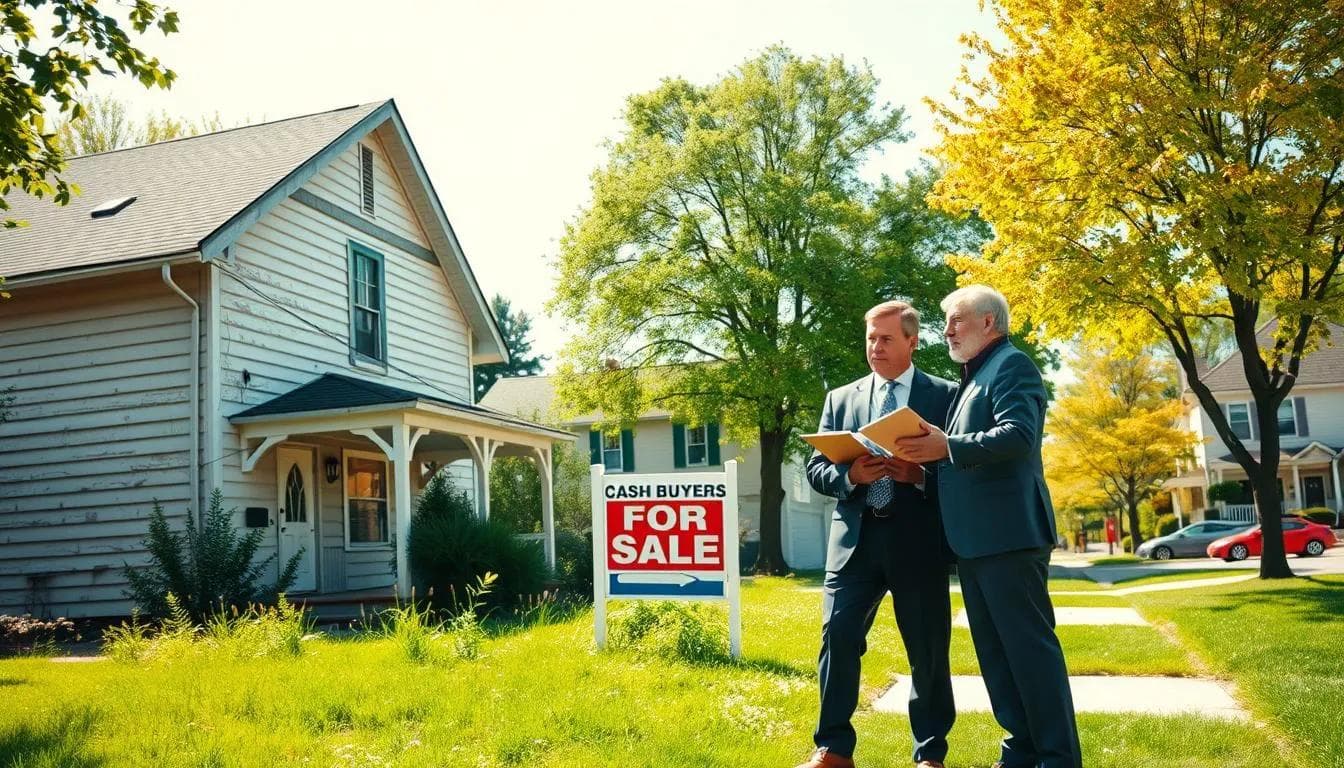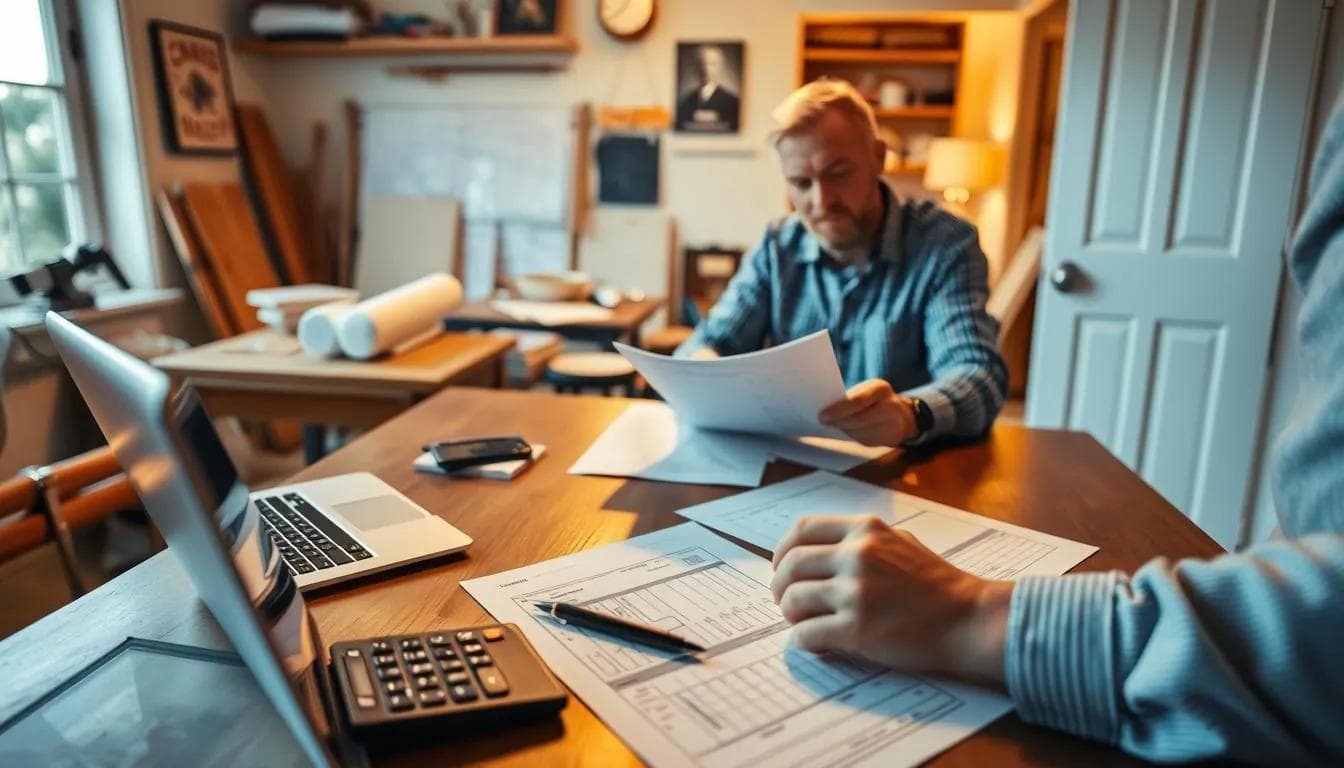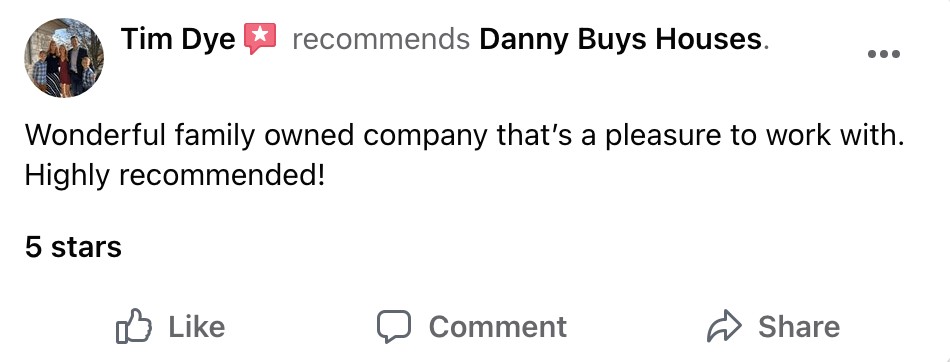
Repair Costs: How Cash House Buyers Value a Fixer Upper Property
By Danny Johnson | Updated 3/30/2025, 3:32:51 PM
Discover how cash house buyers assess the real cost of a fixer-upper. Learn about repair costs and make informed decisions before buying a fixer-upper home.
- Key Takeaways
- Understanding Repair Costs and Market Comparisons for Valuing a Fixer Upper
- Calculating Total Renovation Expenses
- Analyzing Comparable Property Values
- Factoring in Hidden Costs and Contingencies
- Essential Property Assessment Factors for Cash Buyers
- Structural vs. Cosmetic Repairs: Impact on Property Valuation
- Major Structural Components Assessment
- Cosmetic Improvement Cost Analysis
- ROI Potential for Different Repair Types
- Location and Market Trends in Fixer-Upper Valuation
- Neighborhood Development Impact
- Future Growth Potential
- School District and Amenity Considerations
- Get a Cash Offer From Danny Buys Houses in San Antonio, Texas
🗂 Table of Contents
I remember my first fixer-upper in San Antonio. It was a 1970s split-level with a lot of potential but needed work. Walking in, I saw beyond the old wallpaper and kitchen. I was already thinking about how to improve it and increase its value.
Cash house buyers like us can spot a hidden gem. But we don't just rely on gut feelings. We use numbers and market knowledge to figure out a property's worth. We buy houses fast and we need to be able to determine our budget fast.
Today, I'll show you how we value fixer-uppers. Whether you're selling or just curious, you'll find this interesting. We'll talk about renovation costs, comparing the market, and how we make fair offers.

So, let's dive into the world of fixer-uppers. You might learn something that helps you sell your property for more!
Key Takeaways
- Cash buyers use a systematic approach to value fixer-upper properties
- Renovation costs play a crucial role in determining property value
- Market comparisons help establish a baseline for fixer-upper pricing
- Understanding the potential return on investment guides valuation decisions
- Location and market trends significantly impact fixer-upper property worth
- Cash buyers consider both structural and cosmetic repairs in their assessments
Understanding Repair Costs and Market Comparisons for Valuing a Fixer Upper
Buying a fixer-upper is exciting, but knowing the repair costs and market value is key. Let's explore how cash buyers assess these properties.
Calculating Total Renovation Expenses
First, I calculate the renovation costs. On average, homeowners spend $100 to $200 per square foot. This covers everything from fixing roofs to updating kitchens. It's wise to add 10-20% for unexpected issues.

Analyzing Comparable Property Values
Then, I examine similar properties in the area. Renovated homes often sell for 15-25% more than non-updated ones. This helps me estimate the property's value after renovations.
Factoring in Hidden Costs and Contingencies
Hidden costs are important too. Property taxes and insurance can add 1-2% of the property's value each year. Financing costs, with interest rates from 3% to 7%, also impact the deal.
Valuing a fixer-upper is more than just numbers. It's about seeing the potential. With a detailed analysis of costs, market comparisons, and hidden expenses, you can transform a fixer-upper into a valuable gem!
Essential Property Assessment Factors for Cash Buyers
Cash buyers are like detectives when it comes to property assessment. We don't just look at the pretty stuff. We dig deep into every corner of the house. Our goal? To uncover the true value hiding beneath those old walls.
First up, we check the structural integrity. Is the foundation solid? How's the roof holding up? These big-ticket items can make or break a deal. A sinking foundation or leaky roof could cost tens of thousands to fix.

Next, we look at cosmetic issues. Peeling paint, outdated kitchens, or worn carpets are easier fixes. They're usually cheaper too. But don't be fooled! Sometimes what looks like a simple cosmetic issue can hide bigger problems.
Location is key in our assessment. We consider the neighborhood potential. Is it up-and-coming? Are there good schools nearby? Homes close to desirable amenities often have higher market appeal. A property in a developing area could see its value jump in the future.
Remember, cash buyers aren't just buying a house. We're investing in potential. So we look at everything - from the smallest crack to the biggest opportunity. It's all part of smart property assessment.
Structural vs. Cosmetic Repairs: Impact on Property Valuation
When we value a fixer-upper, we focus on two main repair types: structural and cosmetic. Each affects property value in different ways. A home inspection is key to spotting these issues and figuring out renovation costs.
Major Structural Components Assessment
Structural repairs are the costly ones. They include foundation problems, roof replacements, and major plumbing issues. These can take a big bite out of your budget. In fact, they can lower a property's value by 10-20%.
Cosmetic Improvement Cost Analysis
Cosmetic improvements are generally cheaper but can greatly increase property value. New paint, updated flooring, or modern fixtures can raise a home's value by 5-10%. These upgrades often give a higher ROI than structural repairs.
ROI Potential for Different Repair Types
The return on investment varies a lot between structural and cosmetic repairs. While necessary, structural repairs usually have a lower ROI. On the other hand, strategic cosmetic improvements can yield a 70-90% ROI on resale. It's about finding the right balance between renovation costs and potential returns.
- Structural repairs: Essential but lower ROI
- Cosmetic improvements: Higher ROI, quicker to complete
- Kitchen and bathroom upgrades: Often yield the best returns
Remember, a fixer-upper's value isn't just about repair costs. Location, market trends, and potential for appreciation are also key. Smart investors consider the big picture before deciding if a fixer-upper is worth it.
Location and Market Trends in Fixer-Upper Valuation
Location is crucial for fixer-uppers. The real estate market changes a lot depending on where you are. In cities like New Orleans and Cleveland, fixer-uppers are often cheaper than ready-to-move homes. This makes them appealing to investors and buyers.
Neighborhood Development Impact
The state of the neighborhood affects property value. Areas with new businesses or infrastructure upgrades see values go up. Watch local news and city plans for these signs of growth.
Future Growth Potential
Investing in fixer-uppers with growth potential is smart. Look for signs of new developments like schools or shopping centers. These can increase your property's value over time, making your investment worth it.
School District and Amenity Considerations
Good schools and amenities boost a property's value. Homes in top schools sell for more. Easy access to parks, stores, and public transport also adds value. You're buying a home and a lifestyle.
When valuing a fixer-upper, think about location and the property. A hidden gem in a great area could lead to success. Just research the property and its area well before buying.
Get a Cash Offer From Danny Buys Houses in San Antonio, Texas
Ready for a quick sale in San Antonio? We can offer you a cash deal that fits your needs. Danny Buys Houses knows the Texas real estate market well. We're not just another company; we're your neighbors, here to help.
We also cover closing costs, saving you money. And, we can close in just a week, making the selling process fast. No need to worry about realtors or commissions with us.
Concerned about repairs? Don't worry. We buy houses in any condition. Our team uses a fair formula to make offers, considering the house's value after repairs. If you're curious about verifying cash home buyers in San Antonio, we can help. So, why wait? Contact us today and start your next journey!
Frequently Asked Questions
In this section we will answer the most common questions to how cash house buyers determine repair costs
What is the first step cash house buyers take to estimate repair costs on a fixer-upper?
Cash house buyers typically start by conducting a thorough inspection of the property to identify any visible and potential hidden issues that need addressing.
How do cash house buyers prioritize which repairs are necessary?
Buyers prioritize repairs based on safety concerns, structural integrity, and major functional systems like plumbing, electrical, and roofing before considering cosmetic upgrades.
What role does market research play in determining repair costs for a fixer-upper?
Market research helps buyers understand local renovation trends and average materiallabor costs, ensuring their estimates align with regional standards.
Why do cash house buyers often include contingency funds in their repair cost estimates?
Contingency funds account for unexpected expenses or issues discovered during renovations, providing financial flexibility to handle unplanned situations.
How do cash house buyers use professional contractors in the estimation process?
Buyers often consult experienced contractors to get accurate quotes for labor and materials, leveraging their expertise to create realistic budgets.

AUTHOR
Danny Johnson
Owner and Founder at Danny Buys Houses
Danny Johnson is an experienced real estate investor who has been buying houses for cash since 2003. As owner of Danny Buys Houses, Danny's goal is to help homeowners sell their house fast, regardless of the situation, so they can move on with their life.
Danny has been featured in publications such as Forbes, Realtor.com, BiggerPockets, Yahoo Finance, US News, and more. He is also the author of the book 'Flipping Houses Exposed'.




